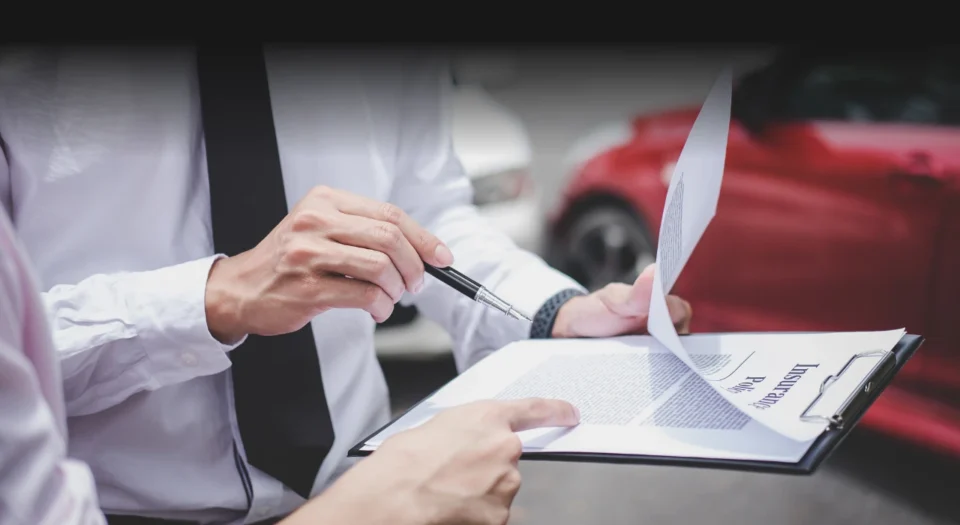Car crashes in Tampa, Florida, can be extremely stressful and confusing. Tampa has fallen within the top 10 cities with the worst drivers and the most dangerous driving conditions, making understanding the insurance claims process even more critical for local residents. About 27,474 people were hurt in Hillsborough County car accidents in 2023, highlighting the significant impact these incidents have on the community.
If you’ve been involved in a crash, whether as a driver or vehicle owner, you need to know how insurance claims work. When dealing with the complexities of accident aftermath, consulting with a car accident lawyer in Tampa can provide essential guidance through both the legal and insurance processes. This guide includes everything you need to know to help you navigate the claims process quickly and easily.
Understanding Insurance Policies
Before you file a car insurance claim, you’ll want to keep some fundamental information regarding car insurance policies in mind. These policies typically include coverage for liability, collision, and comprehensive damage. Liability coverage pays for damage to others, while collision coverage pays for accident damage to your own vehicle. Comprehensive insurance covers incidents that do not involve a collision—like theft or natural disasters.
Immediate Steps After an Accident
Taking the correct steps right after an accident can simplify the claims process. First, ensure everyone’s safety and call emergency services if needed. Then, take photos of the scene and get contact information from everyone involved. Collect witness statements if possible. Good record-keeping is critical to a successful claim.
Reporting the Accident
Contact your insurance provider promptly. Many policies have time limits on how long after an accident you can report it. Provide all the details: the date, time, and location of the accident. Stick to the facts when describing what happened. According to the National Highway Traffic Safety Administration, proper reporting is essential for accurate claim processing. Your insurance settlement will depend on these specifics, so make sure the insurers have all the necessary information.
Filing the Claim
Once the accident is reported, the formal claim process begins. An insurance adjuster will likely be assigned to assess the damage and determine liability. Cooperate fully with the adjuster, providing all requested information and documentation. This cooperation ensures a smoother and faster resolution.
Understanding the Role of the Adjuster
An adjuster is a critical component of any claim. They assess the level of damage and determine fault. They are the ones who determine what your compensation amount is going to be. You should be honest with the adjuster and raise any questions or concerns as soon as they come up.
Estimating Damage and Repairs
The adjuster will inspect your vehicle and provide an estimate for repairs. It’s often wise to get multiple repair estimates so that you can compare options. Insurance companies have preferred repair shops; however, consumers have the right to choose their own repair facility. This choice can affect the quality of repairs, so understanding your options is important.
Negotiating Settlements
Not all initial settlement offers cover all expenses. Sometimes, it may be necessary to negotiate with the insurance company. Providing sufficient evidence and detailed estimates of the damage can help make the case for a higher settlement. Reaching a satisfactory settlement often involves persistence and clear communication.
Handling Disputes
Disagreements can occur during the claims process. If disputes arise, you might want to consult an attorney. They can provide guidance on your rights and available options. Understanding your legal rights is essential to ensure fair treatment during the claims procedure.
Finalizing the Claim
The claim is settled once all parties reach an agreement. Make certain that all documentation is in order and review the settlement details carefully before agreeing. This thoroughness helps avoid misunderstandings and problems later on.
Preventing Future Accidents
While accidents are not entirely predictable, several steps can reduce the chances of being involved in one. Proper vehicle maintenance, safe driving practices, and staying alert while driving all contribute to road safety. Learning about defensive driving techniques can help reduce the risk of future incidents.
Conclusion
Understanding car accident insurance claims can greatly relieve some of the stress and confusion associated with a collision. Having in-depth knowledge of policies, procedures, and rights makes people capable of managing claims effectively. By following these steps, anyone can confidently navigate the claims process and work toward a fair resolution.

